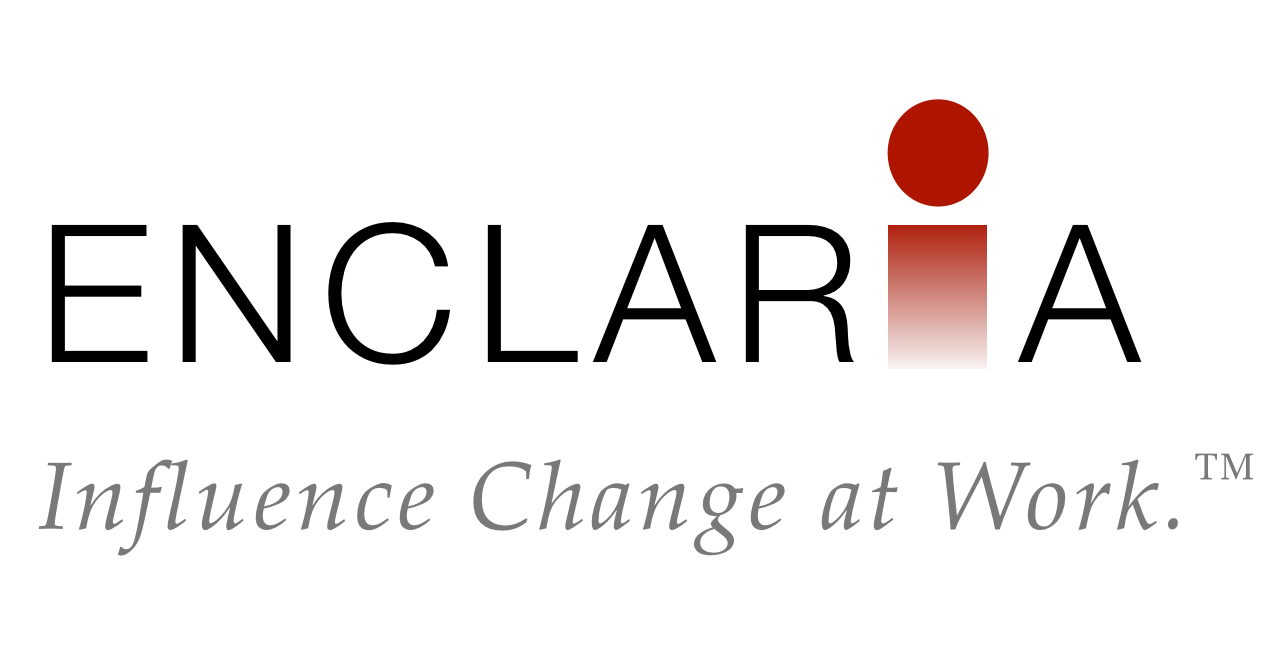People respond in a lot of different ways when they encounter change. When we are the one trying to implement that change, some of the responses can be frustrating, especially when they seem to challenge us. When that happens, we usually call it resistance.

You can lump resistant responses to change into three categories: active resistance, indifference, and avoidance. While indifference (not caring) and avoidance (denial) are harder to unearth, active resistance is more in your face.
Give me active resistance any day. At least it means people care about what’s happening. And that’s why I’d argue that active resistance is really engagement in disguise.
Here are three examples that you might interpret as signs of resistance, but they are really opportunities to turn that energy into something positive:
Asking Lots of Questions
It can be annoying for someone to ask and ask and ask about every detail of the change initiative. But at least they are curious. They want to understand more to quell their own uncertainty. Or they want to make sure you’ve thought of everything. You want to encourage questions, even the tough ones. They are a sign that people want to know more.
Pushing Back
It’s easy to get defensive when people are speaking out against your project, pointing out why it won’t work or why the organization shouldn’t do it. But building your argument to counter them just creates a battle that someone has to win. Instead, recruit them onto your team to help figure out how to avoid the demise they seem so certain of. Turn that negative energy into something constructive.
Going Rogue
Some people deal with change by co-opting it – adopting it as their own and then taking it in a direction that’s comfortable for them. It’s their way of maintaining control through extreme engagement. In this case, you’ll need to rein them in bit without diminishing their enthusiasm. Add some guardrails so they don’t get too far off track.
Active resistance, while uncomfortable for those implementing change, is actually a good sign. People care enough to give their attention, time, and energy to the project. The key is to find a way to divert that energy into a constructive direction.
What would you add to this list? Please share in the comments below.
This article is part of the #ChangeBlogChallenge on the topic of Change Engagement. Click here to see what other change thinkers say about this topic. Are you participating in the #ChangeBlogChallenge? Feel free to leave the link to your blog article in the comments.

 Interview: Resistance, Leadership, and Change
Interview: Resistance, Leadership, and Change